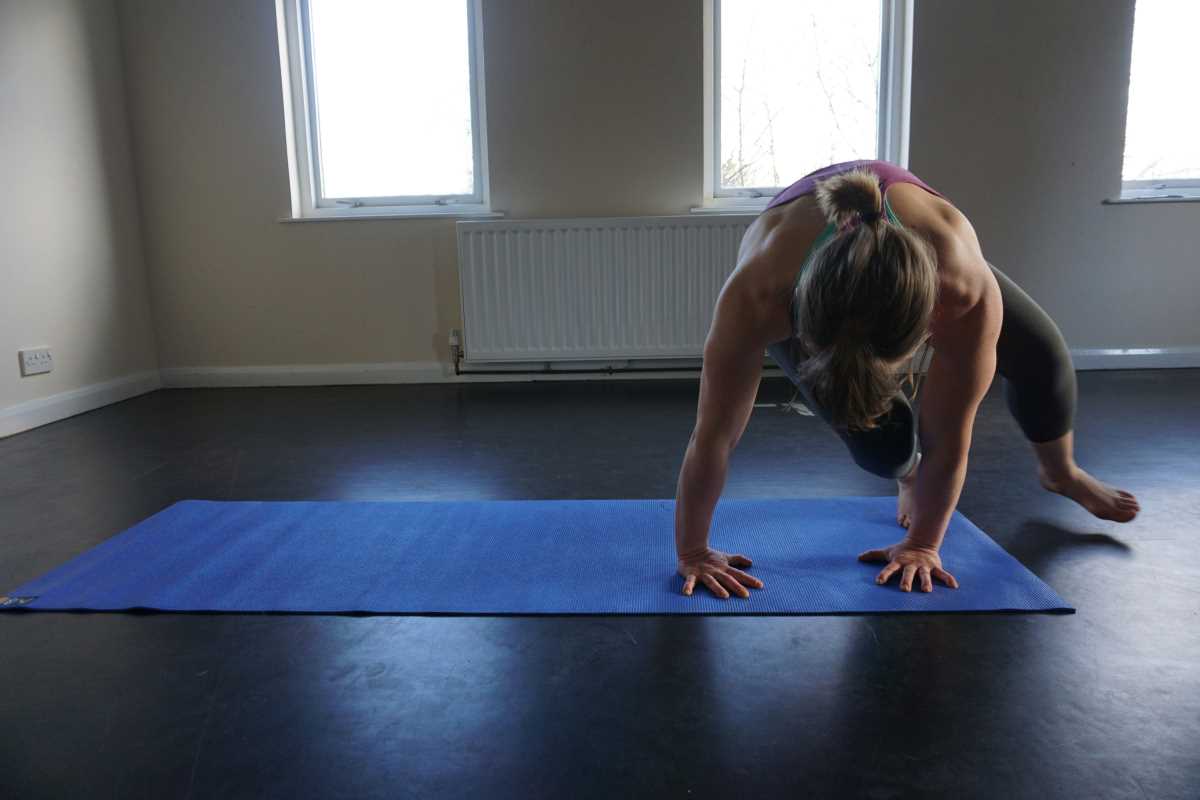Your daily choices play a crucial role in how quickly your muscles recover and how strong you feel after each workout. When you treat recovery as a whole-body process, you help your muscles heal faster and support your overall athletic performance. True recovery goes beyond simply finishing a workout; it means giving your body the nutrients it needs, planning your rest to match your exercise, and taking advantage of tools such as modern devices and techniques. Each step you take helps your body come back stronger, and a thoughtful recovery routine sets you up for even better results every time you train.
When you recover effectively, you can train longer and with greater intensity, paving the way for real progress. Finding a method that integrates science, nutrition, sleep, and active rest might be the game-changer for your fitness journey. It’s time to take control and develop a recovery system that pushes you to new heights.
The Science Behind Muscle Recovery
Muscle repair depends on several biological processes working together. When you work out, your muscle fibers develop tiny tears that your body then repairs, making the tissue stronger. A holistic approach considers various aspects of your daily routine, which accelerates this natural process.
Look at these key points to understand how holistic practices improve muscle recovery:
- Accelerates protein synthesis that repairs and rebuilds muscle tissue.
- Reduces inflammation through proper sleep and nutrition.
- Boosts circulation with light activity that delivers essential nutrients to injured areas.
- Helps lower stress, maintaining a hormonal balance that supports growth.
Knowing these biological factors shows why combining recovery techniques with your exercise routine makes sense. You’re not just working out; you’re creating an environment where each training session builds on the last.
Essential Holistic Recovery Techniques
A strong recovery plan includes several integrated practices. By using diverse methods, you ensure every part of your body receives the care it needs. Let’s examine the core techniques that work together to speed up muscle repair:
- Nutrition: Provide your body with quality protein, healthy fats, and carbohydrates. Whole foods and nutrient-dense meals set the foundation for effective repair.
- Sleep Optimization: Maintain consistent sleep routines. Quality sleep acts as a natural reset for your muscles and mind.
- Active Rest: Incorporate light activities like stretching, walking, or yoga. These help keep blood flowing and reduce stiffness.
- Mental Recharge: Practice meditation or quiet time to lower stress. A calm mind supports a more efficient healing process.
Each point in this list forms a building block for a solid recovery strategy. The goal is to balance physical exertion with restorative habits that keep your body functioning at its best.
Keep these techniques in mind as you customize your recovery routine. Combining these methods can address different aspects of muscle repair, making every training session more effective.
Integrating Technology and Tools for Accelerated Recovery
Modern gadgets and apps can help you monitor and improve your recovery process. When you include these tools in your routine, you gain insights that enhance your performance. Imagine using gadgets that measure muscle oxygen levels, heart rate variability, or sleep patterns—all designed to help you refine your routine.
Whether it’s a wearable sensor or a smart app that records your sleep data, these technologies provide actionable tips. They help you visualize your progress and modify your habits, ensuring you recover faster and return to training feeling prepared to face the next challenge.
Creating a Personalized Recovery Plan
Designing your recovery schedule requires more than a one-size-fits-all approach. Test different methods and adjust until you find a combination that truly works for you. Think of your plan as a flexible roadmap that changes with your training intensity and lifestyle. There’s no harm in tweaking your routine until you establish a rhythm that fits perfectly.
Here’s an example of a weekly plan to start with:
- Monday: Begin with a balanced workout, followed by half an hour of stretching and a protein-rich dinner.
- Tuesday: Do a moderate cardio session, then go to bed early with a set sleep schedule for deep rest.
- Wednesday: Include active recovery with light yoga and enjoy a nutrient-packed smoothie after your workout.
- Thursday: Combine strength training with a cool-down walk and some quiet reflection or guided meditation.
- Friday: Perform a high-intensity workout, then cool down carefully and stay hydrated throughout the day.
- Saturday: Engage in a low-key activity such as a nature walk or gentle cycling, and eat a balanced, wholesome meal.
- Sunday: Focus on full recovery by prioritizing sleep, nutrition, and limiting physical exertion to prepare for the week ahead.
Adjust activities based on how you feel and the difficulty of your workouts. Your personal plan will become an essential part of your fitness journey, making each session more productive.
Regularly check your progress and refine your plan to stay on course and motivate your body to grow stronger.
Common Mistakes and How to Avoid Them
Even the best recovery routines can falter if you fall into common traps. Understanding what to steer clear of will make your routine more effective.
- Avoid skipping meals or depending on processed foods; these choices can slow muscle repair.
- Don’t sacrifice sleep for extra training. Rest is crucial for healing.
- Stop overtraining by ignoring mild pain or ongoing fatigue. Recognize these signals and give your body time to recover.
- Vary your routines to prevent both physical burnout and mental boredom.
Addressing these typical issues creates a safer, more effective recovery path. It’s about balancing effort with care and listening to your body’s needs.
Small adjustments regularly can significantly improve how you feel each day. Pay attention to your body’s signals and modify your routine accordingly.
Adopting a thorough recovery plan significantly boosts your training results and keeps your body in top shape. Take control of your routine, try new approaches, and enjoy faster muscle repair with each session.
Start today, and your body will reward your effort with each workout.
 (Image via
(Image via





